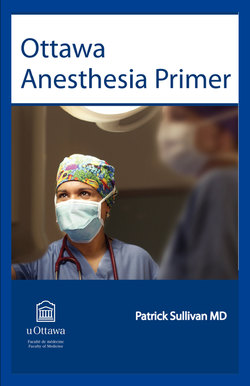Читать книгу Ottawa Anesthesia Primer - Patrick Sullivan - Страница 105
На сайте Литреса книга снята с продажи.
Management of the difficult airway:
ОглавлениеAirway management is the cornerstone of anesthesia practice. Anesthesiologists must have the knowledge and skills to control ventilation safely in any clinical setting. This may be required in the operating room, intensive care unit, emergency department, or outside the hospital environment. In the past 25 years, there has been an exponential growth in our understanding of airway management as well as the available equipment and monitors to perform intubation safely and control ventilation. Despite these advancements, it is impossible to predict all cases where difficulty in airway management will be encountered. With the rapid growth in airway equipment, most clinicians will be unable to acquire expertise with all airway devices. Nevertheless, any clinician involved in airway management must have a clear management plan and appropriate reaction to an airway emergency. Clinicians often have equally valid but different management approaches to the difficult airway. The differences are generally founded in the clinicians past experience and skills acquired with specific airway devices and equipment.
In the patient undergoing an elective surgical procedure, the anesthesiologist has the luxury of time to permit a full assessment of the airway, to predict difficulties with ventilation and intubation (see Chapter 6), to prepare equipment and medications, and to request assistance from other health care personnel. In an emergency setting, when oxygenation is compromised, only a very limited airway assessment may be possible. Additionally, there may be an inadequate amount of time to prepare equipment and medications properly and to seek assistance from other health care personnel. When difficulty in tracheal intubation is encountered, all efforts should focus on oxygenation not intubation. This is the overwhelming lesson learned from case studies involving the management of a failed airway.
Chapter 6 includes a discussion regarding the assessment and evaluation of the airway and preparation of equipment prior to intubation. The use of an LMA™ or other laryngeal mask airway device (LMAD) as both a primary airway tool and rescue airway device is discussed in Chapter 8. This following information pertains to the use of specialized airway equipment and devices used for both elective and emergent intubation of the difficult or failed airway. The investment of learning a rational approach to the difficult airway provides the learner with a platform from which to both understand and approach the patient who requires emergent airway management when time is limited.
